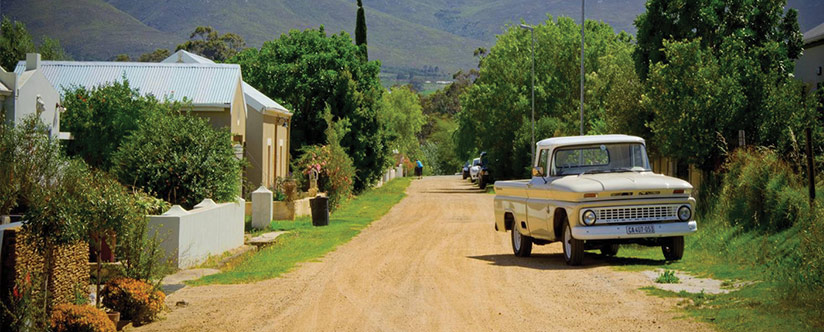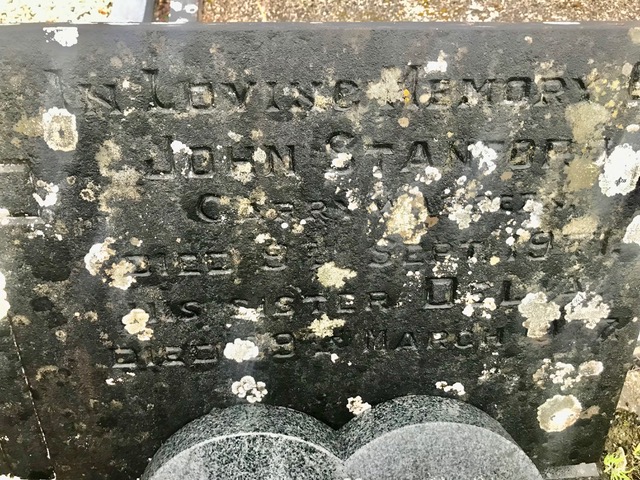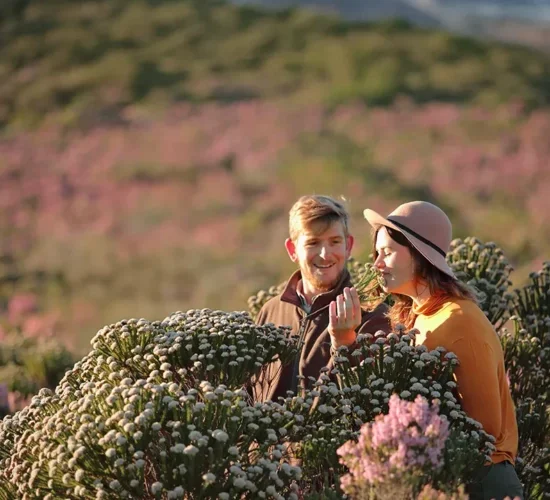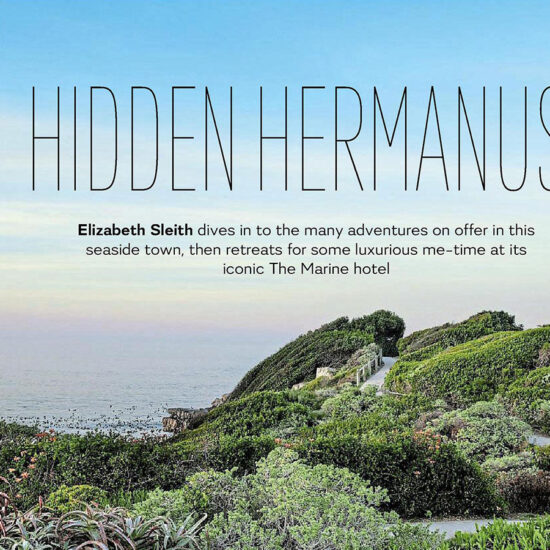Stanford

In 1729, a farmer from Caledon, Juriaan Appel, first saw the land at the foot of the Akkedis Mountains at the south-east end of a wide, fertile plain that culminated in the sea. He received a government permit to graze his cattle and sheep on the land.
Over the years the grazing permit changed hands numerous times until the government granted the farm to Christoffel Brand in 1801. He built the first farmhouse (situated at what is now 14 Church Street).
In 1798 Mr Andrew and Lady Anne Barnard visited Brand’s home on their inland tour.
The history of Stanford might not be well-known, but it certainly is a colourful albeit sad one. The story of Stanford begins with a man named Robert Stanford. Born in 1806 in the townland of Ballinatanford, Claremorris in the County of Mayo, Captain Robert Stanford served in the British army. He served with distinction in Burma and later married a general’s daughter. At the age of 32 he resigned his commission and retired on half-pay, after which the Captain and his wife immigrated to the Cape Colony.
Once settled, they purchased the farm Kleine Riviers Vallei in 1838,when he retired from the British Army on half pay, where the present day Stanford village is located. Stanford was a progressive farmer and soon turned the farm into a thriving enterprise, along with seven other farms he purchased. He supplied the Cape with fresh meat, fruit and vegetables He also opted not to transport his produce via ox wagon over the mountains, but instead purchased a small ship which sailed to Cape Town from a small cove not 12 miles from his farm.
In 1849 he became the victim of anti-convict agitation protesting against the British Government’s decision to settle convicts in the Cape. He was in full agreement with the protest, but because he was still in the employ of the British Army he was left no choice but to provide the convict ship, Neptune, the army and the government with supplies.
Due to this, colonists and banks refused to have dealings with Robert Stanford, his labourers were chased off the farm, his family pelted in the streets, his children expelled from school and his dying child refused medical help.
The farm was sold by public auction to Philippus de Bruyn who subdivided the farm into erven for a new town in 1857. Legend has it that Sir Robert paid De Bruyn £50 to have the town named Stanford.
 In 1952 the population numbered 820 (180 families), whereas in 1995 there were 1800 people resident in Stanford, not including owners of holiday homes. Presently there are approximately 3000/4000 residents.
In 1952 the population numbered 820 (180 families), whereas in 1995 there were 1800 people resident in Stanford, not including owners of holiday homes. Presently there are approximately 3000/4000 residents.
The original entrance to the village was at the lower end of Bezuidenhout Street. In fact the road from Hermanus to Gansbaai was through the main roads of Stanford, namely via Bezuidenhout, Queen Victoria and out through Church Street. This is still evident by the shop type buildings along this route.
The new tarred road that bypassed Stanford was completed in 1961, which was when the new entrance was made in Queen Victoria Street.
Stanford’s water supply was from irrigation channels (leiwater) initially and residents only received treated water in the taps of their homes from 1945. The older parts of Stanford still have the irrigation channels which provide “leiwater” for garden use.
When electricity was received in July 1961, there was great rejoicing on the Market Square. Initially there were a lot of problems as the electrical supply was insufficient and eventually a roster had to be drawn up for using stoves so that the electrical supply would not be overloaded.
- IncludedStanford
- Not IncludedNatureRelaxationHobbyEnthusiastsFamily-fun




